Industrial Use cases
The FLEX4FACT project will demonstrate and validate digital tools and physical assets within five industrial use cases that represent a complementary mix of manufacturing types, sizes and locations.
Celsa
(Barna Steel)

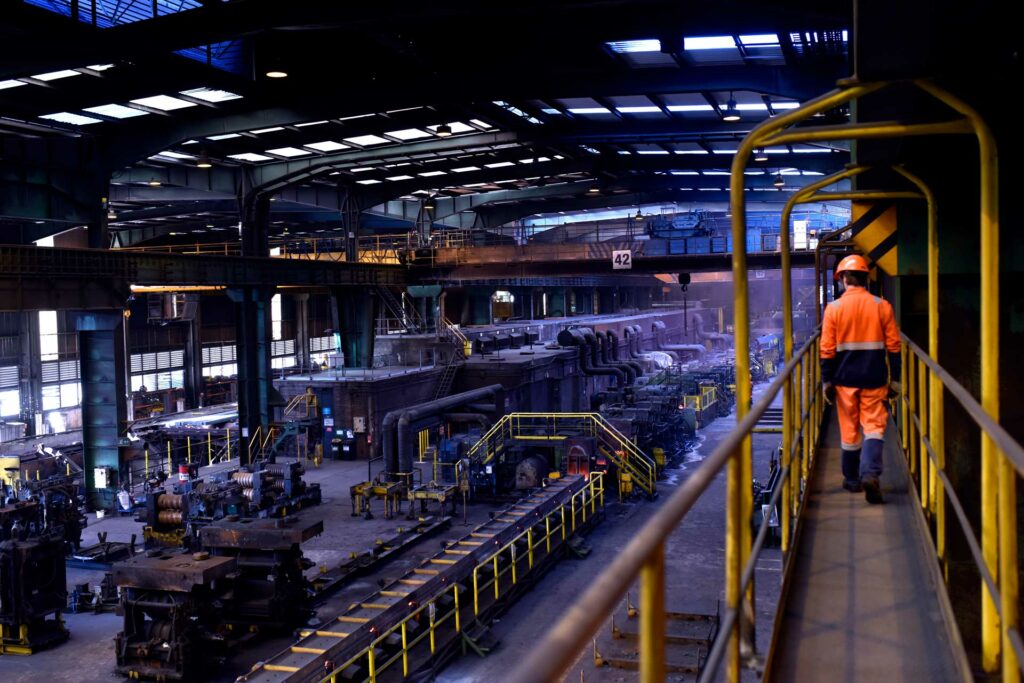
Company presentation:
CELSA Group is one of the leading European multinationals in steel production that is moving towards more sustainable production. CELSA has six business units distributed all over Europe, with melt shops, rolling mills, final transformation plants, distribution companies and scrap processors. These plants are located in Denmark, Spain, Finland, France, Norway, Poland, Sweden and the UK, with the companies headquarter in Barcelona.
The CELSA Group is the third largest energy consumer in Spain, with an annual energy consumption of approximately 2,300 GWh. Given the significant energy requirements for production, the Group has created its own platform, ALPA ENERGY, to procure energy directly from the electricity market for its own sites.
CELSA Group is both energy intensive and flexible, and therefore able to adjust its energy consumption according to short-term instructions from the Spanish Transmission System Operator (TSO) to match supply and demand.
Use case description:
The CELSA Group Melt Shop in Barcelona will be one of the industrial demonstration sites of the Flex4Fact project. It has two electric arc furnaces and three rolling mills used to produce steel. These industrial devices have great flexibility potential as they have significant power (40 MW each on average) and can react quickly to external requests.
The objectives to be achieved under the FLEX4FACT project are:
- to create an aggregator platform capable of forecasting electricity prices, thereby facilitating the adaption of production to optimal price scenarios;
- to develop algorithms that enhance production flexibility, while accommodating specific operational constraints;
- to continously monitor the industry flexibility, achieved by predicting potential failures through the analysis of historical data from the meltshop, thereby ensuring the reliability and efficiency of operations in the steel manufacturing process.
Challenges and expected benefits:
The main challenge linked to these objectives are to increase flexibility potential through the flexible operation of the electrolyser and the associated hydrogen storage system. It will be essential to develop an interface between the aggregator and the Manufacture Executing System (MES) to best manage the steel production process and the provision of flexibility to the grid.
Another challenge will be the development of a digital twin of one of the rolling mills to get a better understanding of the mills’ functioning and to know which factors impact most the process. This will contribute to improve the efficiency of the furnaces which is expected to lead to a reduction in CO2 emissions. Increasing amount of renewable power, either self-generated or purchased, will be required to run the electrolysers. CELSA plans to install solar PV systems on the roofs of its plant to produce renewable energy to power the electrolysers and produce green hydrogen.
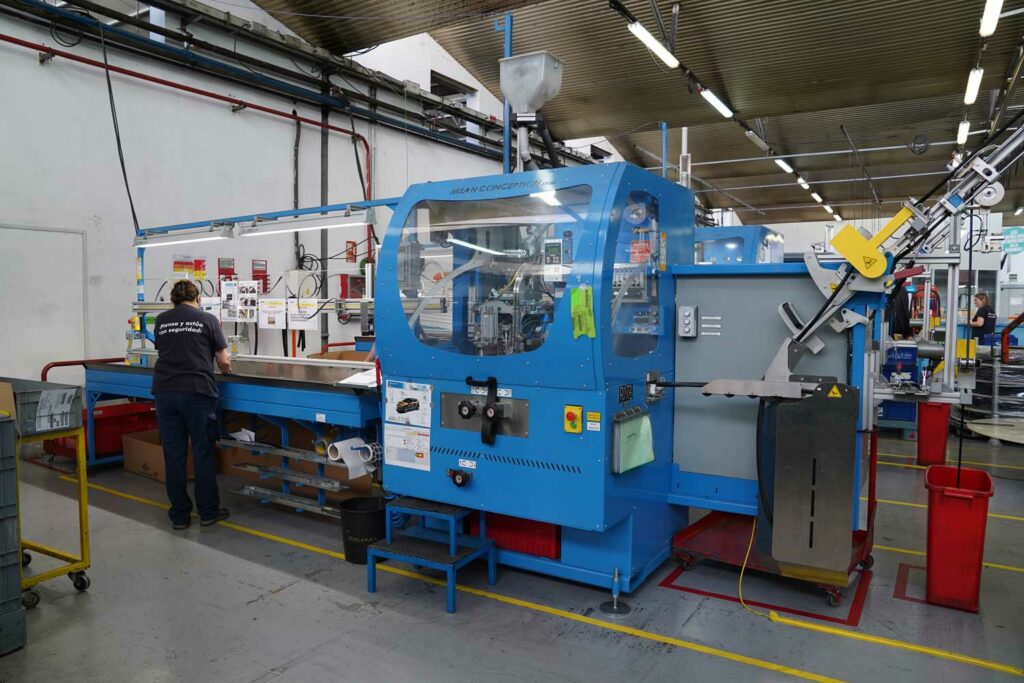
Standard
Profil
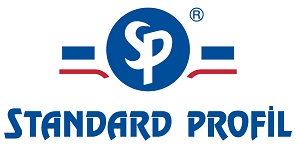
Company resentation:
Standard Profil (SPS) is a Spanish company, specialised in the manufacturing of sealing systems for the automotive industry. The company is one of the main suppliers of a wide range of automotive OEMs (Ford Motor, General Motors, Renault, Peugeot, Citroen, Mercedes, Toyota, Nissan).
SPS covers all product development stages from concept development to the manufacturing of complete sealing systems, including 3D design and prototyping, finite element structural analysis, computational fluid dynamics analysis, tool design.
The core process of the SPS manufacturing system is the co-extrusion of EPDM (ethylene propylene diene monomer), rubber or thermoplastic composites. SPS has a total of 20 EPDM extrusion lines and 5 thermoplastic lines, with an average rated power of 650 kW per line (the energy supply is half gas and half electric).
Use case description:
As a core process of the SPS manufacturing system, the extrusion process will be SPS’s pilot case within FLEX4FACT. It is a continuous process carried out along a line with successive sub-processes of about 120 m in length.
SPS aims to make its extrusion lines more flexible by adjusting its production schedule and considering external factors as decision variables such as energy price and related CO2 emissions as well as local availability of PV self-generation. In addition, the feasibility of implementing an electrolyser and storage system to produce, store and use green hydrogen will be studied. Using hydrogen as fuel for gas ovens in a suitable mixture with natural gas will decrease the CO2 emissions of the furnances.
Challenges and expected benefits:
A challenge associated with these objectives will be the development of a digital twin of the extrusion process that reliably model its behaviour, taking into account energy consumption and final product quality. In addition, a production planning system will be developed for the extrusion process, that could also be later used for other processes. The planning system will take the origin of the energy used and the associated emissions as an optimisation criterion.
Another challenge will be the development of a digital energy twin of the whole SPS extrusion plant in Cantabria, to gain knowledge on the real-time energy behaviour of the plant and be able to make energy consumption’s forecast based on various plant management scenarios. An energy business model will be developed that include the plant’s energy flows and make a link to an external aggregation platform. It will be used as a decision support tool by the plant operator and plant energy manger to decide on the best energy management strategy (e.g. energy conversion, energy storage, own use or feed in).
Company presentation:
Inaventa Solar is a Norwegian solar energy company whose key technologies are high-performance polymer (HHP)-based solar collectors for building integration. Inaventa Solar’s core process in the production of solar collectors is the extrusion of structured sheets, so called twin-wall sheets and the production is currently being ramped up. The production line is world-wide unique as it can perform extrusion of high-temperature polymers, polyphenylene sulfide (PPS). The material is a so-called high-cost polymer, which demands high processing temperatures in the range of 280-300 °C.
The production line was commissioned at the factory in Jevnaker in September 2021 and will serve as a pioneering production facility. The factory is part of a larger complex (organic food plant, hotel, conference centre and new renewable power plants producing heat and power) focused on energy, environment and sustainability. It is planned that excess heat will be shared between the buildings of the complex.
Use case description:
The Norwegian INAVENTA use case includes the production of polymer solar collectors with PPS sheet extrusion and infrared welding for jointing the absorber parts as core processes. Renewable heat will be produced by installed roof-integrated solar collectors for domestic hot water preparation and space heating of the factory building. Excess heat from the extrusion process and the solar collector system can be stored in a borehole thermal energy storage (BTES).
This use case aims to reduce scrap production in the extrusion of PPS to less than 5% resulting in less wasted energy. In addition, the heat demand of the factory building is to be covered by up to 60% by self-generated heat. Another goal is to recover 50 % of the energy supplied to the BTES after reaching a steady state and to reduce the energy consumption of the factory by up to 20%.
Challenges and expected benefits:
To minimize scrap production, energy and raw material consumption in the extrusion process, condition monitoring and predictive maintenance will be implemented. This will help avoid non-planned maintenance stops and optimize the scheduling of the process, resulting in less operations hours, energy, and material costs. The borehole thermal energy storage will allow to store excess heat from the extrusion process and the solar thermal system and allow flexible utilization at the plant site or surrounding buildings.
Other challenges connected to the objectives will be the development of a digital energy twin, to forecast the energy behaviour of the factory, including its surroundings. By using the flexibility options, energy costs can be reduced by 20%.
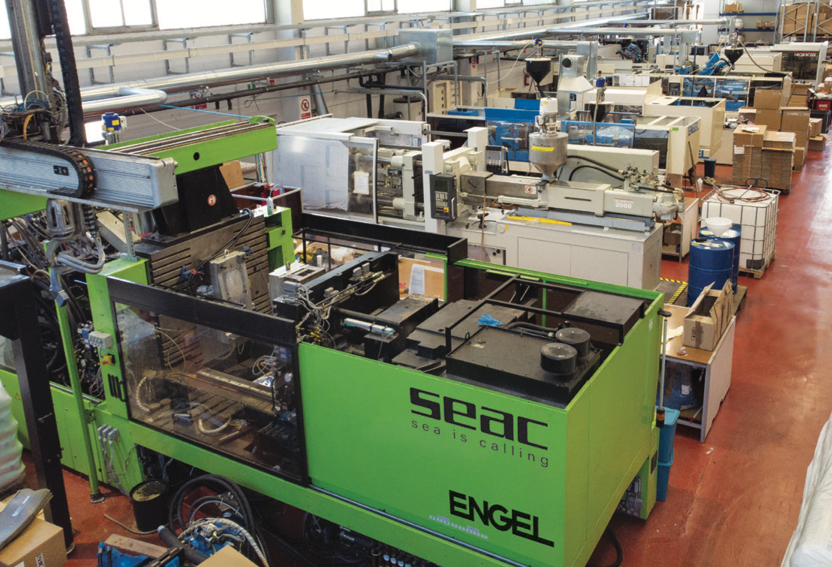
SEACSUB SPA
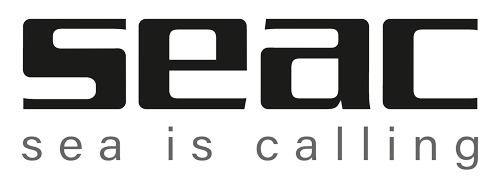
Company presentation:
SEACSUB SPA is an Italian SME that produces and sells high quality diving, spearfishing, swimming, and snorkelling equipment worldwide. The company carries out intensive research and development activities to bring advanced and innovative products to the market. SEACSUB has a product portfolio of almost 4.000 products, 2.000 components and raw material types.
In the past years, SEAC has started repatriating its production process to have total control on logistics, production processes, products’ customization and quality assurance processes. New moulding machines to produce plastic components and products such as fins, masks, and thermoplastic components in Italy were bought. As a result, the company’s energy consumption has increased significantly, by more than 200% since the first installation of moulding machines.
Use case description:
The SEAC use case consists of the moulding process as well as the energy management process. The company is currently using 10 moulding machines of different sizes. The machines consume only electric power and can be controlled remotely. Their consumption represents over 65% of the company’s consumption.
The objective of this use case is to make the moulding process more flexible through process planning and control to better match demand and self-production and consider electricity prices, the associated CO2 emissions and the availability of self-produced PV power. The goal is that 50% of the energy used for injection moulding and 35% of the total energy consumed is self-generated. SEACSUB installed a 255 kWp solar PV system including 677 modules of 375 Wp each and 2 inverters of 110 kW each.
Challenges and expected benefits:
The challenges of this use case are to fully redesign the production process to maximise the use of the energy flexibility offered by the process. This involves the development of an energy digital twin of the SEAC moulding plant. This model, linked to the data acquisition system, will make it possible to know the energy behaviour of the plant in real time and estimate its energy consumption. Based on forecast of energy prices and PV generation, the energy management of the entire plant will be optimised.
Learn more about the industrial use case in this video:
Theben AG
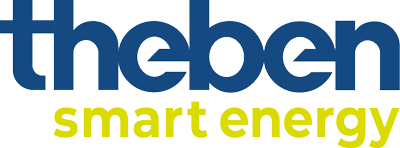
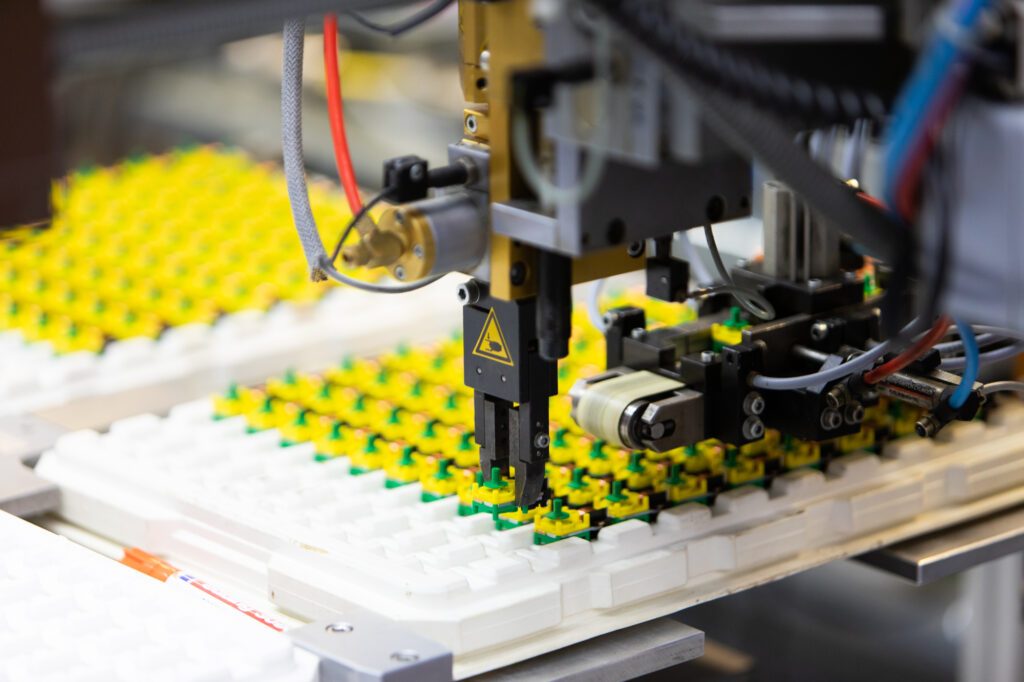
Company presentation:
Theben AG is a manufacturer of digital and analogue time switches, motion and presence detectors, room and clock thermostats as well as components for KNX building system technology. Theben AG was significantly involved in the development of the European Installation Bus Technology (EIB), the forerunner of the globally valid KNX standard for building system technology, with several patented developments.
Theben AG develops technological solutions in the field of smart energy as well as smart metering systems with communication and data visualisation features. The company has a strong international presence with 13 subsidiaries and branches worldwide.
Use case description:
Theben use case is the production site of switches in Haigerloch, Germany. The production process consists of four soldering machines, a heat exchange, a photovoltaic system and various assembly lines, which are located in a same building. No energetic optimization study was performed so far.
The objectives of this use case will be to reduce the energy consumption of the soldering system, the assembly lines and the building by 5-10% by using smart sensors for data collection and using cyber-physical systems to optimize production. Furthermore, it is planned to increase the local energy generation of the photovoltaic system by 5-10 %.
Challenges and expected benefits:
To reach these objectives, several challenges need to be addressed within this use case:
- Coordination and interlinking of internal energy consumption with internal energy production;
- Development of a digital twin of the process to map the energy flows;
- Implementation of sensors to record energy consumption at the Haigerloch plant (e.g. smart meter gateway);
- Introduction of a energy management system;
- Reducing dependence on external energy suppliers by increasing on-site energy production through new solar PV capacity.



